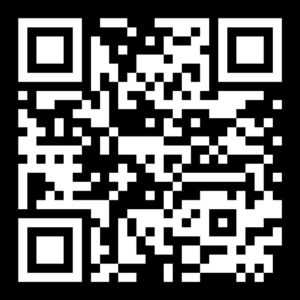Haboobs
Haboobs are large, fast-moving dust storms caused by strong downdrafts in thunderstorms or collapsing weather systems. These walls of dust can rise thousands of feet into the air, stretch for miles, and move rapidly across deserts and plains. They are most common in the American Southwest—especially Arizona, New Mexico, Nevada, and parts of Texas—but can occur anywhere with dry soil and sudden winds.
Haboobs reduce visibility to near zero within minutes, making driving extremely dangerous. They also carry health risks from airborne dust and fine particles that can aggravate asthma, cause eye and skin irritation, and damage machinery, electronics, and HVAC systems.
Preparedness Actions
Before a Haboob
-
Monitor local weather alerts and National Weather Service Dust Storm Warnings.
-
If living in a high-risk region, seal windows, vents, and doors with weatherstripping or dust barriers.
-
Store N95 or P100 masks to protect lungs from fine particles.
-
Keep emergency water and food supplies inside in case of prolonged air quality issues.
-
Protect electronics and HVAC systems with filters and surge protectors.
During a Haboob
-
If driving: Pull off the road completely, turn off lights, set parking brake, and stay inside the vehicle with seatbelt on until visibility improves. Never drive through.
-
If outdoors: Cover mouth and nose with a cloth or mask, protect eyes with goggles, and seek shelter indoors immediately.
-
If indoors: Close windows and doors, turn off fans that pull outdoor air, and stay away from unsecured openings.
After a Haboob
-
Ventilate the home only after the dust has settled.
-
Replace HVAC filters, clean dust from electronics, and check car air filters.
-
Seek medical care if experiencing prolonged breathing difficulty.
-
Inspect property for damage to roofs, panels, or external equipment.
Recovery Guidance
-
Report unsafe driving conditions, power outages, or downed lines to local authorities.
-
Document damage to homes, vehicles, or farms for insurance purposes.
-
If repeated haboobs affect your region, consider long-term resilience upgrades such as HEPA filtration systems and reinforced sealing for doors and windows.
Key Resources
National Weather Service (NWS) – Dust Storm Safety
Guidance on recognizing, responding to, and preparing for dust storms.
weather.gov/safety/duststorm
Arizona Department of Transportation – Dust Storm Driving Safety
Practical safety tips for motorists during haboobs.
azdot.gov/dust
Centers for Disease Control and Prevention (CDC) – Dust and Air Quality
Health information for dust exposure, respiratory conditions, and vulnerable populations.
cdc.gov/air/dust
Recommended Apps
Dust Storm Alerts (NWS Integrated in FEMA App) – Provides Wireless Emergency Alerts (WEA) for severe dust storm conditions.
fema.gov/mobile-app
AirVisual / IQAir – Tracks real-time air quality and dust particle levels, useful for knowing when it’s safe to be outdoors.
iqair.com/world-air-quality
MyRadar – Weather radar app with wind and storm movement tracking, including dust storm alerts in affected regions.
myradar.com
AccuWeather – Offers dust storm and air quality forecasts, plus driving hazard alerts.
accuweather.com
